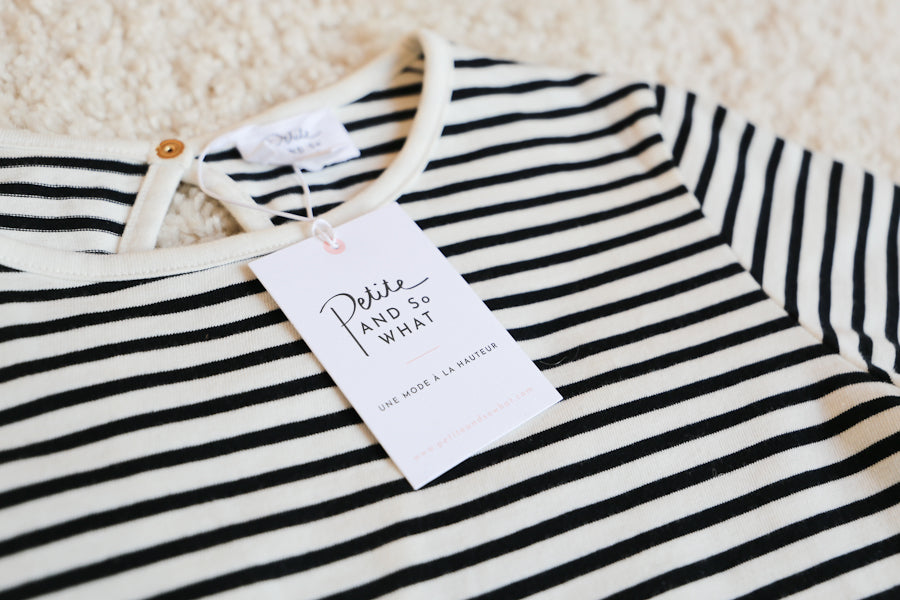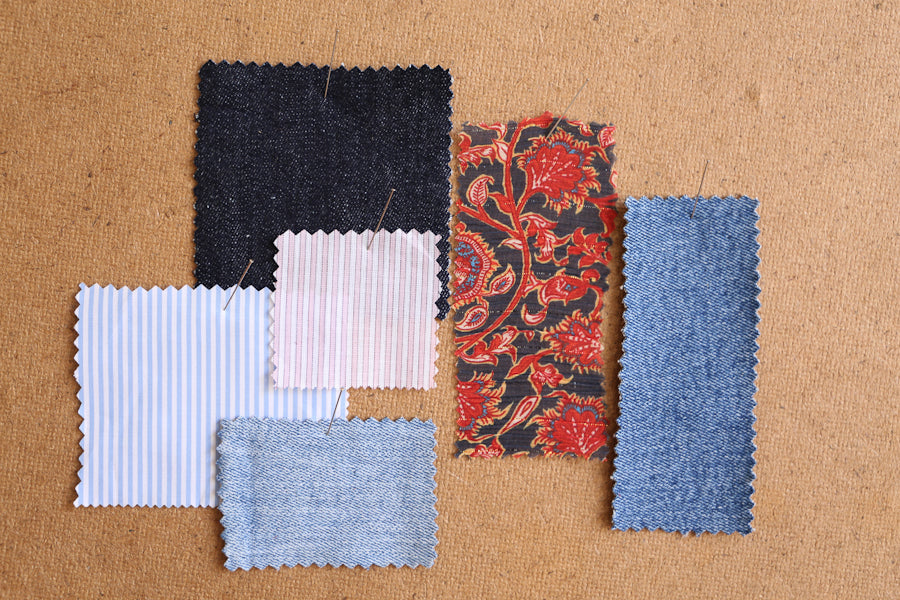In the world of fashion, certain garments endure the decades without losing their appeal or relevance. Jeans, the iconic pantsuit, embody the evolution of fashion and a history rich in cultural and social transformation. From their humble beginnings as workwear to their status as casual fashion icons, jeans have captivated generations with their timeless authenticity.
Modest origins
The saga of denim began a long way from the fashion catwalks. Its origins can be traced back to field work and the needs of laborers during the 19ᵉ century. Jeans, made from sturdy, hard-wearing cotton canvas, took their first steps as workwear, particularly for miners and manual laborers.
Denim, the fabric characteristic of jeans, takes its name from the French town of Nîmes, where it was originally produced under the name "serge de Nîmes". The term was later distorted to create "denim". This hard-wearing fabric was appreciated for its durability and robustness, perfect for garments designed for demanding tasks.
Popularization thanks to Levi & Co
In 1873, Jacob Davis, a tailor, and Levi Strauss, owner of a San Francisco-based textile company, created and patented the traditional jean as we know it today: in indigo blue-dyed denim, with pockets reinforced by sturdy copper rivets. Levi Strauss and Jacob 's first model , the famous 501, initially available in brown canvas and blue denim, is highly prized by miners and workers for its durability.
Over the years, improvements were made to the design, including the addition of a double arc of orange stitching by Levi Strauss as an identifying mark, the introduction of belt loops in 1922, and the replacement of the button fly with zippers on some models in 1954. However, when the patent expired in 1890, other manufacturers were free to reproduce the style.
From utility to fashion icon
Over time, jeans have evolved far beyond their initial function as workwear to become a fashion staple. Its meteoric rise to fashion icon status began during the 20ᵉ century, when movie stars and pop culture icons embraced it, propelling it to the heights of trend.
The denim craze gradually spread from working-class circles to the rebellious, avant-garde youth of the 1950s and 1960s. During this period, jeans became the symbol of a counter-culture, worn by cult figures such as James Dean and Marlon Brando, reinforcing their image of rebellion and freedom.
It was over the following decades that jeans truly became a fashion staple. Leading designers such as Levi Strauss & Co. who popularized denim as early as the 1870s, Calvin Klein, Yves Saint Laurent and many others have shaped denim into a staple of ready-to-wear collections.
The stylistic evolution of denim has proved infinite, providing a canvas for the expression of different subcultures and styles. From the washed and ripped jeans of the 1980s to the baggy cuts of the 1990s and innovative washes. Jeans have conquered every segment of society, becoming a symbol of inclusion and versatility, available in a multitude of styles to suit all tastes and morphologies.
A timeless essential
Today, jeans are much more than just a piece of clothing; they're a timeless staple of our wardrobes, a symbol of comfort, casual style and individuality. Whether paired with a casual or sophisticated outfit , jeans remain an essential piece of fashion history, spanning the ages without losing their iconic appeal. Its ability to reinvent itself while remaining true to its roots makes it an indispensable element, anchored in the constant evolution of style and contemporary fashion.
At Petite and So What, we celebrate the history and versatility of denim with modern cuts. Whether you're looking for a casual or chic outfit , our jeans are designed to fit your life and your size, embodying the heritage and evolution of this garment.
Discover our jeans for petites women










